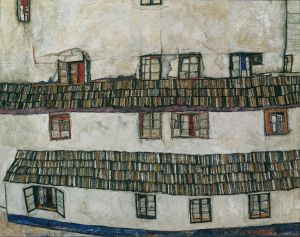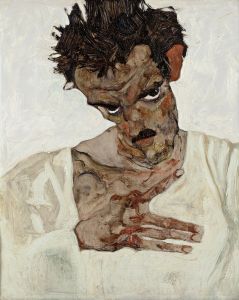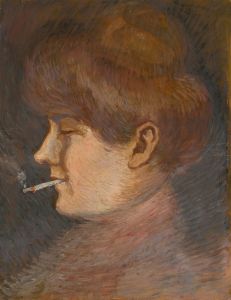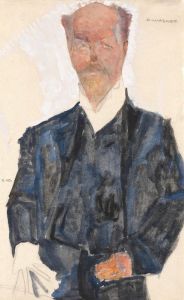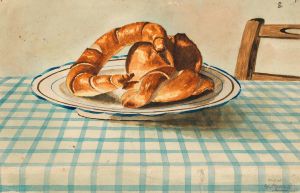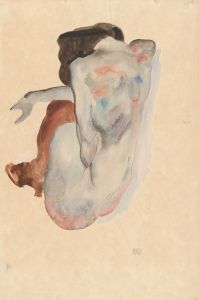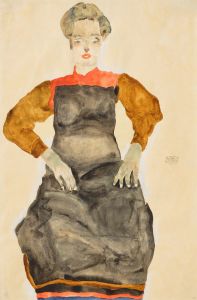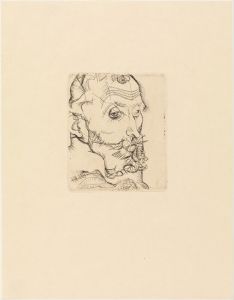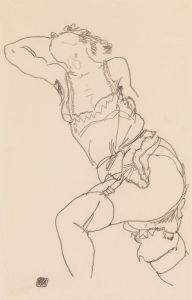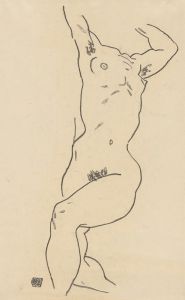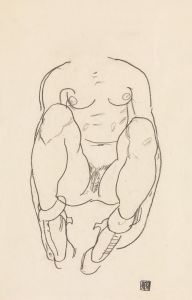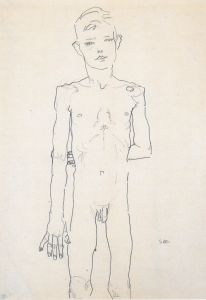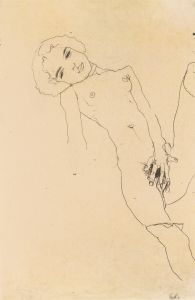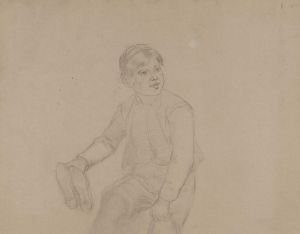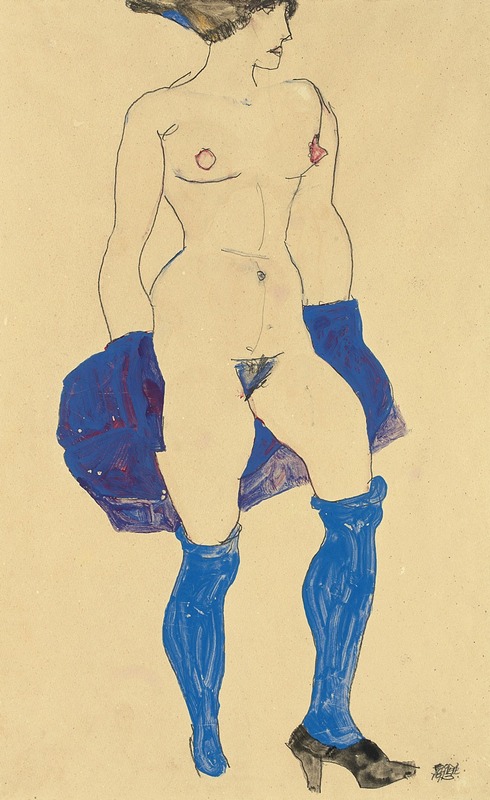
Stehende Frau mit Schuen und Strümpfen
A hand-painted replica of Egon Schiele’s masterpiece Stehende Frau mit Schuen und Strümpfen, meticulously crafted by professional artists to capture the true essence of the original. Each piece is created with museum-quality canvas and rare mineral pigments, carefully painted by experienced artists with delicate brushstrokes and rich, layered colors to perfectly recreate the texture of the original artwork. Unlike machine-printed reproductions, this hand-painted version brings the painting to life, infused with the artist’s emotions and skill in every stroke. Whether for personal collection or home decoration, it instantly elevates the artistic atmosphere of any space.
Egon Schiele was an Austrian painter known for his distinctive style and significant contributions to early 20th-century art. He was a protégé of Gustav Klimt and a major figurative painter of the early 20th century. Schiele is noted for his intense and raw portrayal of the human form, often exploring themes of sexuality, death, and self-identity. One of his works, "Stehende Frau mit Schuen und Strümpfen" (Standing Woman with Shoes and Stockings), exemplifies his unique approach to portraiture and the human figure.
"Stehende Frau mit Schuen und Strümpfen" is a work that reflects Schiele's characteristic style, marked by bold lines, expressive forms, and a focus on the human body. Schiele often depicted his subjects in unconventional poses, capturing a sense of vulnerability and emotional depth. This particular piece features a standing woman, rendered with Schiele's typical attention to detail and psychological intensity. The woman's posture and the way she is dressed highlight Schiele's interest in the human form and his ability to convey complex emotions through minimalistic yet powerful compositions.
Schiele's work is often associated with the Expressionist movement, which sought to convey emotional experience rather than physical reality. His paintings and drawings are known for their raw, unfiltered depiction of the human condition, often challenging societal norms and conventions. "Stehende Frau mit Schuen und Strümpfen" is no exception, as it captures the essence of Schiele's artistic vision—an exploration of the human psyche and the complexities of identity.
Throughout his career, Schiele faced both acclaim and controversy. His candid portrayal of nudity and sexuality often drew criticism and led to legal troubles, including a brief imprisonment in 1912 on charges of public immorality. Despite these challenges, Schiele continued to produce a prolific body of work that has had a lasting impact on the art world. His ability to capture the intricacies of human emotion and his innovative approach to form and composition have cemented his place as a pivotal figure in modern art.
Egon Schiele's life was tragically cut short by the Spanish flu pandemic in 1918, at the age of 28. Despite his brief career, he left behind a significant legacy, influencing countless artists and continuing to be celebrated for his contributions to Expressionism and modern art. His works, including "Stehende Frau mit Schuen und Strümpfen," remain highly regarded and are featured in major museums and collections worldwide.
In summary, "Stehende Frau mit Schuen und Strümpfen" is a testament to Egon Schiele's mastery of capturing the human form and his exploration of complex emotional and psychological themes. Through his distinctive style and bold approach, Schiele has left an indelible mark on the art world, and his works continue to resonate with audiences today.





